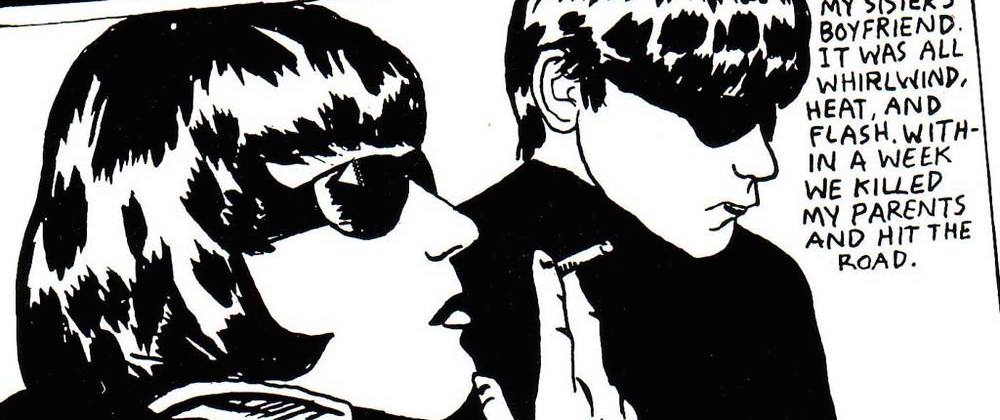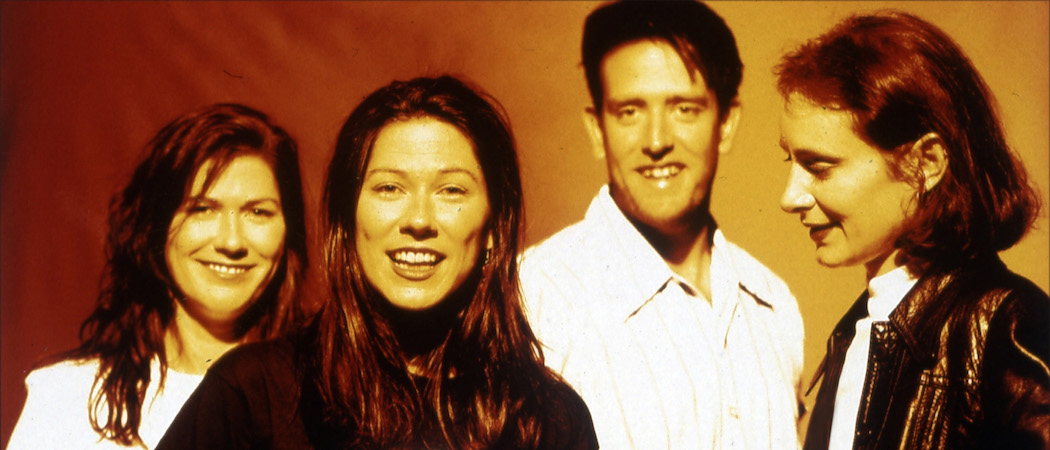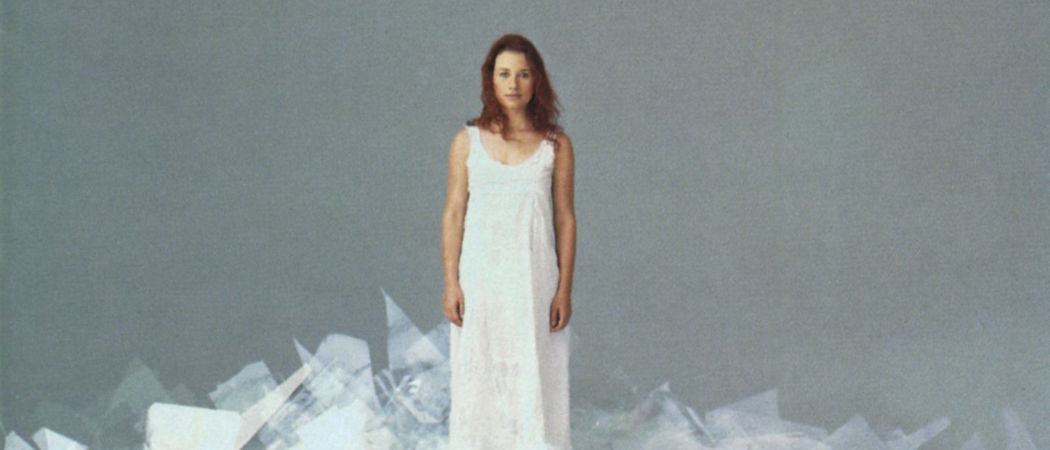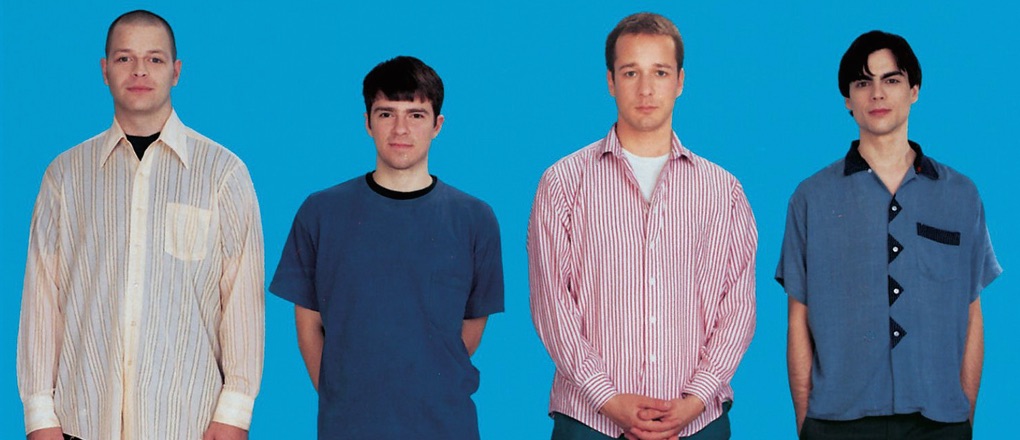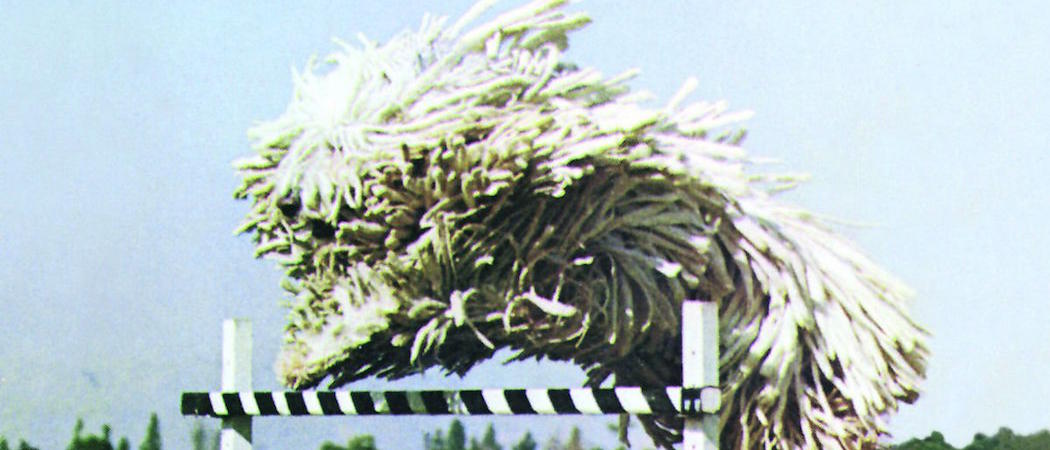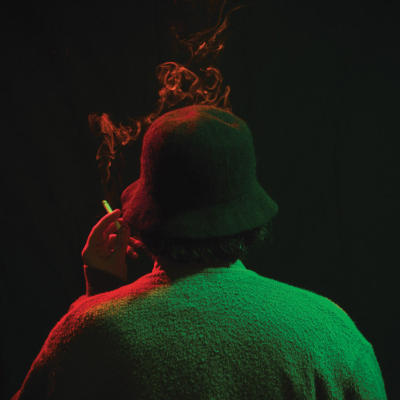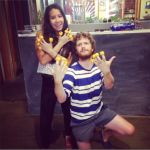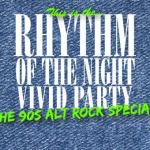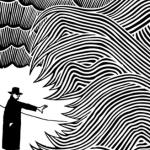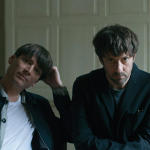The 90’s are making a comeback in a big way. This weekend you can get on down to Goodgod Small Club for a 90’s dance party featuring recently reformed alt-rock heroes Swoop performing live. Or, if you’re a more contemplative mood (or strapped for cash because you bought too many cassette tapes), head over to Carriageworks where the exhibition The Panic Office celebrates the work of Stanley Donwood, whose jaw-dropping design work for alt-rock juggernauts Radiohead made him one of the decade’s most iconic artists. But first, to get in a suitably nostalgic mood, throw on some battered Converse and a flannel shirt and jam to these 90’s alt-rock classics.
Sonic Youth – “Kool Thing” (1990)
Sonic Youth had already made their mark on the 80’s and then they lifted their leg and did the same to the following decade. Inspired by Sonic Youth bassist and co-leader Kim Gordon’s struggle to connect with rapper LL Cool J when she interviewed him for Spin Magazine, this chugging indie rock jam features Gordon cooing breathy and weirdly awkward come-ons over one of the band’s most powerful riffs. The breakthrough moment, though, comes near the end when none other than rap powerhouse Chuck D of Public Enemy appears in a halting and one-sided exchange with Gordon. With “Kool Thing,” Sonic Youth boldly bridged the gap between rock and hip-hop without losing sight of their remarkable alt-rock pedigree.
The Breeders – “Cannonball” (1993)
Kim Deal proved that she had been criminally underutilised as a member of Pixies when she broke loose with her own band The Breeders, which also included her sister Kelly and Tanya Donelly of Throwing Muses. On the band’s second album, Last Splash, their pop chops came to the fore like never before, and the crown jewel was “Cannonball.” Starting with a wordless vocal that sounds like a kid dizzy on lemonade, which then melts into one of the 90’s most iconic basslines, “Cannonball” is just hook after hook after hook after hook. With Kim Deal’s sweeter-than-sugar vocals floating across the most righteous alt-rock squall ever, this song proves that punk rock and pop don’t have to be enemies – in fact they can be some very tender bedfellows.
Tori Amos – “Cornflake Girl” (1994)
Piano playing eccentric Tori Amos let loose on her second solo album Under the Pink, and one of its many highlights was the darkly playful and very catchy “Cornflake Girl.” Tori Amos was at the forefront of a crop of female singer-songwriters that emerged in the 90’s – the heirs apparent to the likes of Joni Mitchell and Patti Smith – and this is a perfect example of her talents as pop songwriter who also had something to say. With lyrics based on childlike gossip and the isolation of cliques, the song takes hold of you with its folky acoustic guitar and piano riff and keeps you there with Amos’s high, almost-shriek of a voice, some expert whistling, an electric guitar solo and a gospel choir. Excess never sounded so tight.
Weezer – “Buddy Holly” (1994)
Has a song ever had a double-take of an opening like “Buddy Holly”? “Look at these homies, dissin’ my girl. Why do they gotta front?” Weezer frontman Rivers Cuomo whines as the band summons an almighty rock ruckus and you wonder what exactly is going on. The chorus doesn’t make things any clearer either;“I look just like Buddy Holly” Cuomo sings, before adding “and you’re Mary Tyler Moore.” Heaven knows what it’s supposed to be about, but “Buddy Holly” is one of those great shout-along songs. There’s nothing more magical than screaming its nonsense lyrics at the top of your lungs, and Weezer have the perfect combination of pop songcraft and rock ‘n’ roll energy to make everyone in earshot do just that.
Beck – “Where It’s At” (1996)
As the retro-sounding electric piano on “Where It’s At” crackles to life, you may think, “wrong decade!” but this song is all 90’s and all Beck. He may be best known for the hit “Loser,” but Beck never made a song as delightful as this late-night wonder. Merging 70s soul and soft rock with a robotic voice, a hip-hop breakdown, Beck’s half-sung half-spoken delivery of the surreal lyrics, and some unusual spoken word samples with some hairy noise for good measure, this is incontrovertible proof of Beck’s blinding originality. Its parent album Odelay shows that Beck was completely untouchable at the time, and nearly two decades on you won’t find anything quite like “Where It’s At.”
